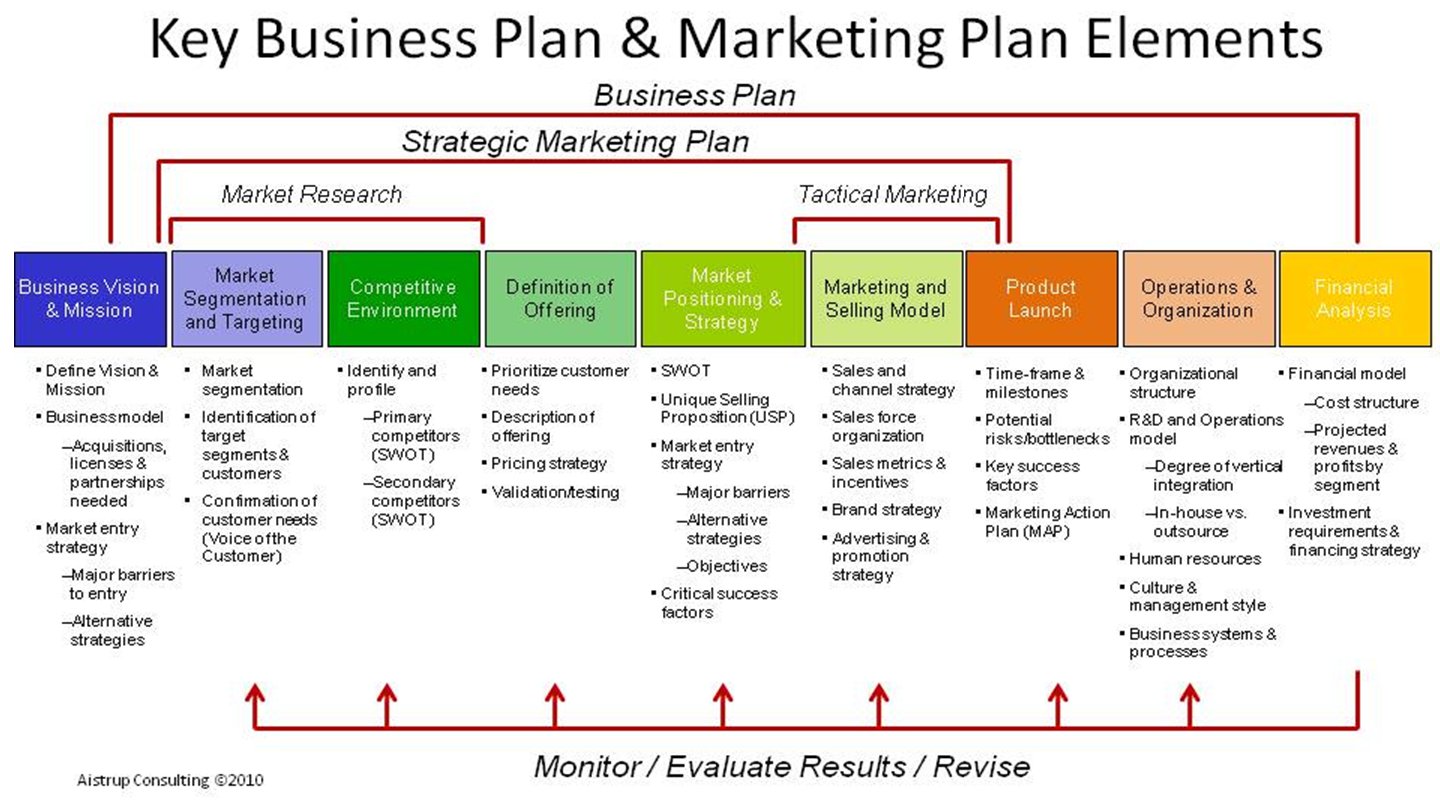How to Create a Business Plan for Startups: Your Comprehensive Guide

Starting a business is like embarking on an epic adventure. You have a vision, a dream, and a burning desire to turn it into reality. But just like any great adventure, you need a map—a business plan. This isn't just a document; it's your compass, your roadmap, and your key to unlocking startup funding and strategic growth. So, let's dive in and explore how to create a business plan for a startup that sets you on the path to success.
Understanding the Importance of a Business Plan
A business plan is more than just a formality; it's a strategic tool that outlines your startup strategy, helps you secure startup funding, and guides your business growth. Think of it as the blueprint for your startup's future. Without it, you're navigating uncharted waters without a compass.
Crafting Your Business Plan Outline
Before you dive into the details, let's outline the key sections of your business plan. This will serve as your template and ensure you cover all the essentials.
1. Executive Summary
This is the first section of your business plan, but it's often the last one you write. It provides a snapshot of your entire plan, highlighting the key points and summarizing your startup's mission, vision, and goals.
2. Company Description
Here, you'll provide detailed information about your business. What problem does your startup solve? Who are your target customers? What makes your business unique? This section is your chance to paint a vivid picture of your startup.
3. Market Analysis
Understanding your market is crucial. In this section, you'll conduct a thorough analysis of your industry, target market, and competitors. This will help you identify opportunities and threats, and tailor your startup strategy accordingly.
4. Organization and Management
This section outlines your business structure, including your management team, organizational chart, and ownership information. It's important to showcase the strengths of your team and their relevant experience.
5. Service or Product Line
Here, you'll describe your products or services in detail. What benefits do they offer? What's your competitive advantage? How will you develop and market your offerings?
6. Marketing and Sales Strategy
This section is all about how you'll attract and retain customers. You'll outline your marketing strategy, sales forecasts, and the tactics you'll use to drive growth.
7. Funding Request
If you're seeking startup funding, this section is crucial. You'll specify the amount of funding you need, the type of funding you're seeking, and how you plan to use the funds.
8. Financial Projections
Here, you'll provide financial forecasts for the next five years. This includes income statements, balance sheets, and cash flow statements. These projections will help you and potential investors understand the financial viability of your startup.
9. Appendix
The appendix is optional but can be useful for including additional documents like resumes, permits, leases, and other supporting information.
Diving Deeper: Key Sections Explained
Executive Summary
Your executive summary should be concise and compelling. It's the first thing investors and lenders will read, so make it count. Highlight your startup's unique value proposition, market potential, and funding requirements.
Market Analysis
Conducting a thorough market analysis is essential. It helps you understand your target audience, identify market trends, and analyze your competition. Use tools like Google Trends and Statista to gather data and insights.
Marketing and Sales Strategy
Your marketing and sales strategy is the engine that drives your startup growth. Outline your marketing channels, sales tactics, and customer acquisition strategies. Use data and analytics to support your plans and show how you'll achieve your sales targets.
Tips for Writing an Effective Business Plan
Keep It Simple
Avoid jargon and complex language. Your business plan should be clear and easy to understand. Use simple, straightforward language to convey your ideas effectively.
Engage the Reader
Make your business plan engaging. Use stories, anecdotes, and real-life examples to bring your ideas to life. This will help investors and lenders connect with your vision and see the potential in your startup.
Use the Active Voice
Active voice makes your writing more dynamic and engaging. Instead of saying "The product will be developed," say "We will develop the product." This makes your business plan more compelling and easier to read.
Incorporate Analogies and Metaphors
Analogies and metaphors can help illustrate complex concepts in a relatable way. For example, comparing your startup to a well-known company can help investors understand your business model and potential.
Conclusion
Creating a business plan for your startup is a critical step on your entrepreneurial journey. It's your roadmap to success, guiding you through the challenges and opportunities that lie ahead. By following the outline and tips provided in this guide, you'll be well on your way to crafting a compelling business plan that secures funding and drives growth.
Remember, your business plan is a living document. It should evolve as your startup grows and adapts to new market conditions. Keep it updated, and use it as a strategic tool to guide your decisions and communicate your vision.
Now, it's time to take action. Start drafting your business plan today, and watch as your startup dreams become a reality.
FAQs
1. How long should a business plan be?
A business plan can vary in length, but a typical plan is around 15-20 pages. The key is to be concise and comprehensive, providing all the necessary information without overwhelming the reader.
2. Do I need a business plan to get funding?
Yes, most investors and lenders require a business plan before considering funding. A well-crafted business plan demonstrates your commitment, understanding of the market, and potential for success.
3. How often should I update my business plan?
You should update your business plan regularly, at least once a year. This ensures it remains relevant and reflects the current state of your business and market conditions.
4. What if I don't have all the information for my business plan?
It's okay to start with what you have and fill in the gaps as you go. Conducting market research, talking to industry experts, and seeking feedback can help you gather the information you need.
5. Can I use a business plan template?
Yes, using a business plan template can be a helpful starting point. It provides a structure and ensures you cover all the essential sections. However, make sure to customize it to fit your startup's unique needs and goals.


0 Response to "How to Create a Business Plan for Startups: Your Comprehensive Guide"
Post a Comment